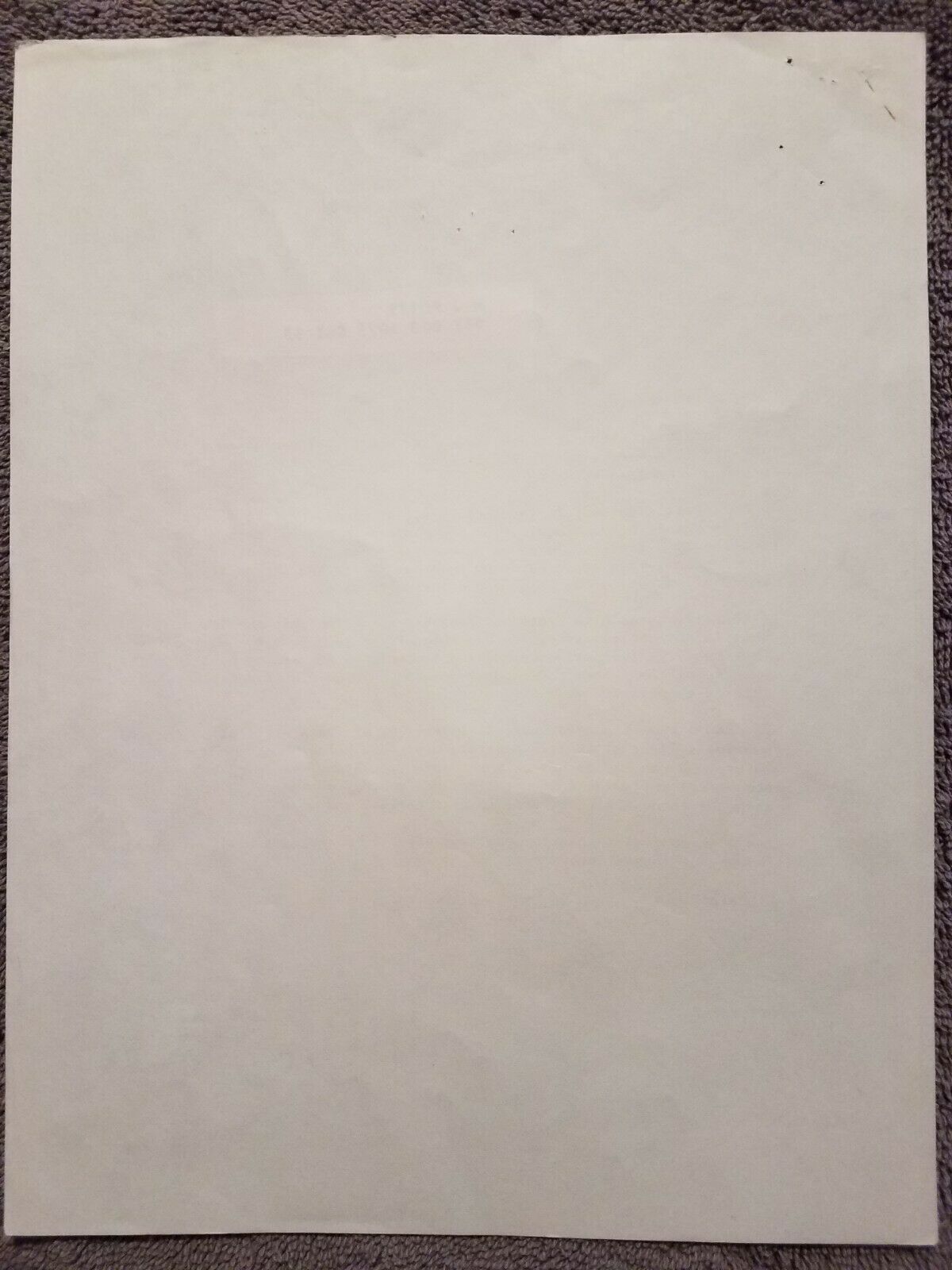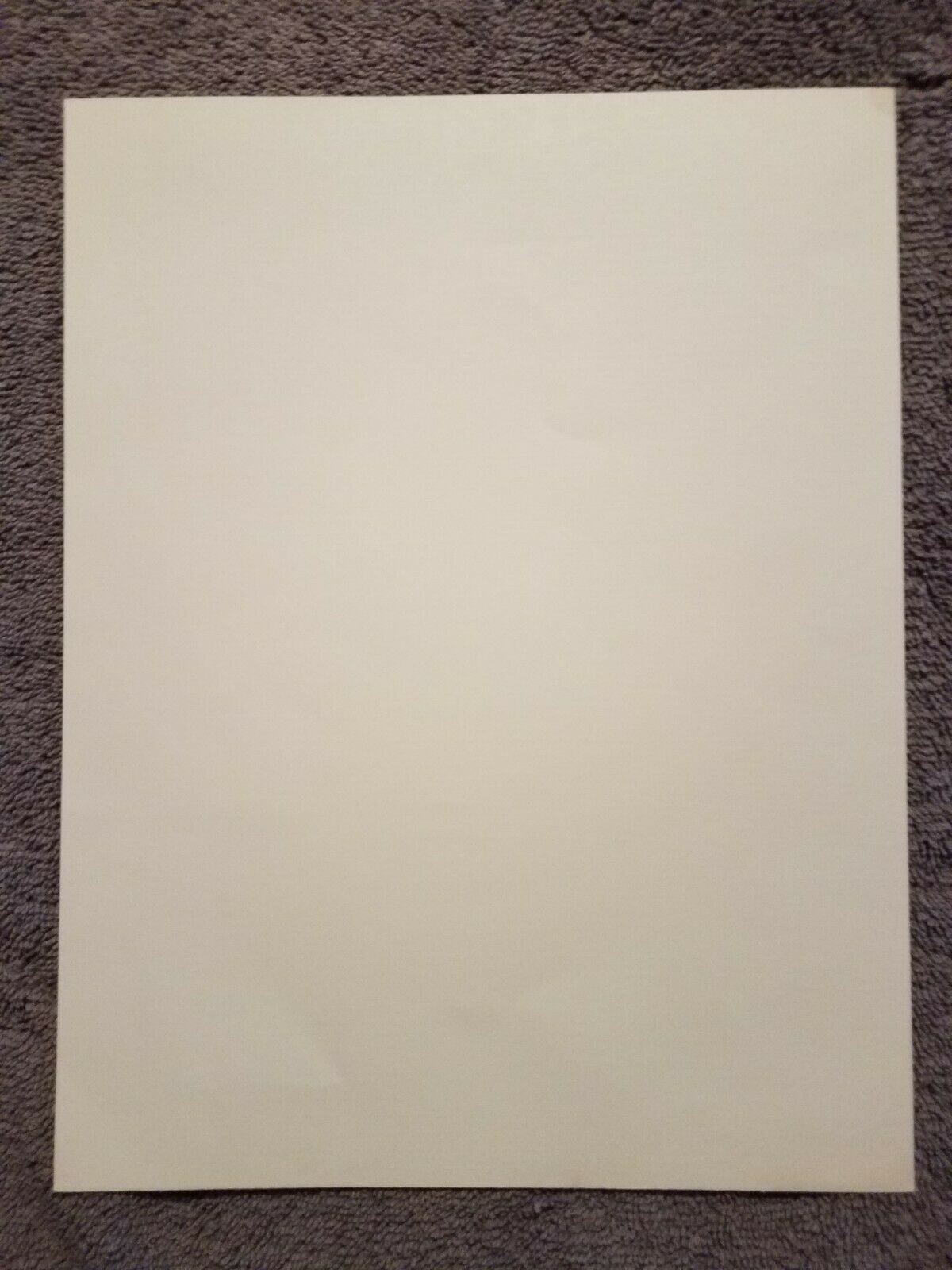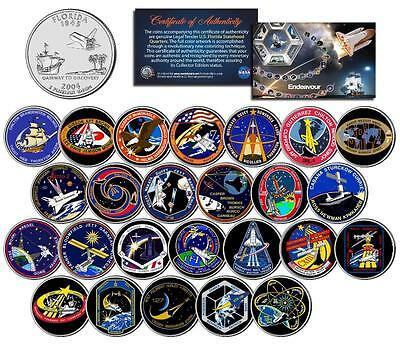-40%
First Shuttle Flight Achievement Award & Shuttle Columbia STS1 Flown Metal Award
$ 34.32
- Description
- Size Guide
Description
Rare, First Shuttle Flight Achievement Award & Shuttle Columbia STS-1 Flown Metal Mission Medallion
Both items Issued c.1981
The
First Shuttle Flight Achievement Award & STS-1 Flown Metal Mission Medallion shown here, is what you will receive
Accompanying is a letter dated October 1981
from Rockwell International’s / Rocketdyne Division President N.J. (Norm) Ryker, forwarding this Achievement Award and Medal from the NASA and Astronauts John Young and Robert Crippen to a Named Rocketdyne Employee.
The employees name, along with the Department Number and Mail Stop are covered on the letter for privacy
Rocketdyne was an American
rocket engine
design and production company headquartered in
Canoga Park
, in the western
San Fernando Valley
of suburban
Los Angeles
, in southern
California
First Shuttle Flight Achievement Award Certificate
“The crew of Columbia is pleased to present you this medallion in appreciation of your contribution to the success of the First Manned Orbital Flight of the Space Shuttle”.
Certificate measures 8.5'' x 11''
Shuttle Columbia STS-1 Mission Medallion
"Thank you for your contribution toward making the world's first orbital flight of the Space Shuttle STS-1 possible. We would like you to have this memento made, in part, of metal taken from the Columbia”
Medal measures 1.5'' in diameter and weighs half an ounce, or 15 grams
Condition:
First Shuttle Flight Achievement Award Certificate and Shuttle Columbia STS-1 Flown Metal Mission Medal are both in Excellent condition
The Achievement Award Certificate exhibits no folds, bends, tears, dog ears, yellowing/foxing, or writing. The Colors are Bright, Graphics are Very Legible
The STS-1 Flown Metal Mission Medal exhibits no scratches, nicks, dents, gouges, or corrosion. Surface condition is as medal was presented
Please see all attached pictures
Shipping includes a Tracking Number
Rocketdyne’s History
After
World War II
,
North American Aviation
(NAA) was contracted by the Defense Department to study the German
V-2 missile
and adapt its engine to
Society of Automotive Engineers
(SAE) measurements and U.S. construction details. NAA also used the same general concept of separate burner/injectors from the V-2 engine design to build a much larger engine for the
Navaho missile
project (1946-1958). This work was considered unimportant in the 1940s and funded at a very low level, but the start of the
Korean War
in 1950 changed priorities. NAA had begun to use the
Santa Susana Field Laboratory
(SSFL) high in the
Simi Hills
around 1947 for the Navaho's rocket engine testing. At that time the site was much further away from major populated areas than the early test sites NAA had been using within Los Angeles.
Navaho ran into continual difficulties and was canceled in 1958 when the
Chrysler Corporation
Missile Division's
Redstone missile
design (essentially an improved V-2) had caught up in development. However the Rocketdyne engine, known as the A-5 or NAA75-110, proved to be considerably more reliable than the one developed for Redstone, so the missile was redesigned with the A-5 even though the resulting missile had much shorter range.
As the missile entered production, NAA spun off Rocketdyne in 1955 as a separate division, and built its new plant in the then small Los Angeles suburb of
Canoga Park
, in the
San Fernando Valley
near and below its Santa Susana Field Laboratory.
In 1967, NAA, with its Rocketdyne and
Atomics International
divisions, merged with the Rockwell Corporation to form North American Rockwell, becoming in 1973
Rockwell International
.
Rocketdyne and the NASA
Rocketdyne also became the major supplier for
NASA
's development efforts, supplying all of the major engines for the
Saturn rocket
, and potentially, the huge
Nova rocket
designs. Rocketdyne's
H-1
engine was used by the
Saturn I
booster main stage. Five
F-1
engines powered the
Saturn V
's,
S-IC
, first stage, while five
J-2
engines powered its
S-II
second stage, and one J-2 the
S-IVB
third stages. By 1965, Rocketdyne built the vast majority of United States rocket engines, excepting those of the
Titan rocket
, and its payroll had grown to 65,000. This sort of growth appeared to be destined to continue in the 1970s when Rocketdyne won the contract for the
RS-25 Space Shuttle Main Engine
(SSME), but the rapid downturn in other military and civilian contracts led to downsizing of the company. North American Aviation, largely a spacecraft manufacturer, and also tied almost entirely to the
Space Shuttle
, merged with the Rockwell Corporation in 1966 to form the North American Rockwell company, which became
Rockwell International
in 1973, with Rocketdyne as a major division.
Some of the engines developed by Rocketdyne are:
Rocketdyne A1
to A6 (
LOX
/Alcohol) Used on Redstone
Rocketdyne A7
(
LOX
/Alcohol) Used on Jupiter C
Rocketdyne 16NS-1,000
Rocketdyne Kiwi Nuclear rocket engine
Rocketdyne M-34
Rocketdyne MA-2
Rocketdyne MA-3
Rocketdyne MB-3
see S-3D
Rocketdyne Megaboom modular sled rocket
Rocketdyne P
Rocketdyne LR64
Rocketdyne LR70
Rocketdyne LR89
Rocketdyne LR79
family (XLR71-NA-1, B-2C, XLR83-NA-1, LR79-7, S-3D, XLR89-1, MB-3-1, X-1, LR83-NA-1, H-1, LR89-5, XLR89-5, S-3, LR89-7, MB-3-J, MB-3 Press Mod, MB-3-3, RZ.2, H-1c, H-1b, RS-27, RS-27A, RS-56-OBA, RS-27C)
Rocketdyne LR-101
Vernier engine used by Atlas, Thor and Delta
Rocketdyne LR105
family (S-4, LR105-5, XLR105-5, LR105-7, RS-56-OSA, LR105-3)
Rocketdyne Aeolus
Rocketdyne XRS-2200
,
linear aerospike engine
, tested for
X-33
Rocketdyne RS-2200
,
linear aerospike engine
, intended for
Venturestar
Rocketdyne S-3D
(
RP-1
/
LOX
) Used on
PGM-19 Jupiter
and
PGM-17 Thor
missiles, and on the
Juno II
Rocketdyne E-1
(
RP-1
/
LOX
) Backup design for the
Titan I
Rocketdyne F-1
(
RP-1
/
LOX
) Used by the
Saturn V
.
Rocketdyne H-1
(
RP-1
/
LOX
) Used by the
Saturn I
and
IB
Rocketdyne J-2
(
LH2
/
LOX
) Used by both the Saturn V and Saturn IB.
Rocketdyne RS-25 Space Shuttle Main Engine (SSME)
(
LH2
/
LOX
) The main engine for the
Space Shuttle
, also used on the
Space Launch System
Rocketdyne RS-27A
(
RP-1
/
LOX
) Used by the Delta
II
/
III
and
Atlas ICBM
Rocketdyne RS-56
(
RP-1
/
LOX
) Used by the
Atlas II
first stage
Rocketdyne RS-68
(
LH2
/
LOX
) Used by the
Delta IV
first stage

















